Home>Furniture & Design>Outdoor Furniture>How To Thaw Outdoor Water Pipes
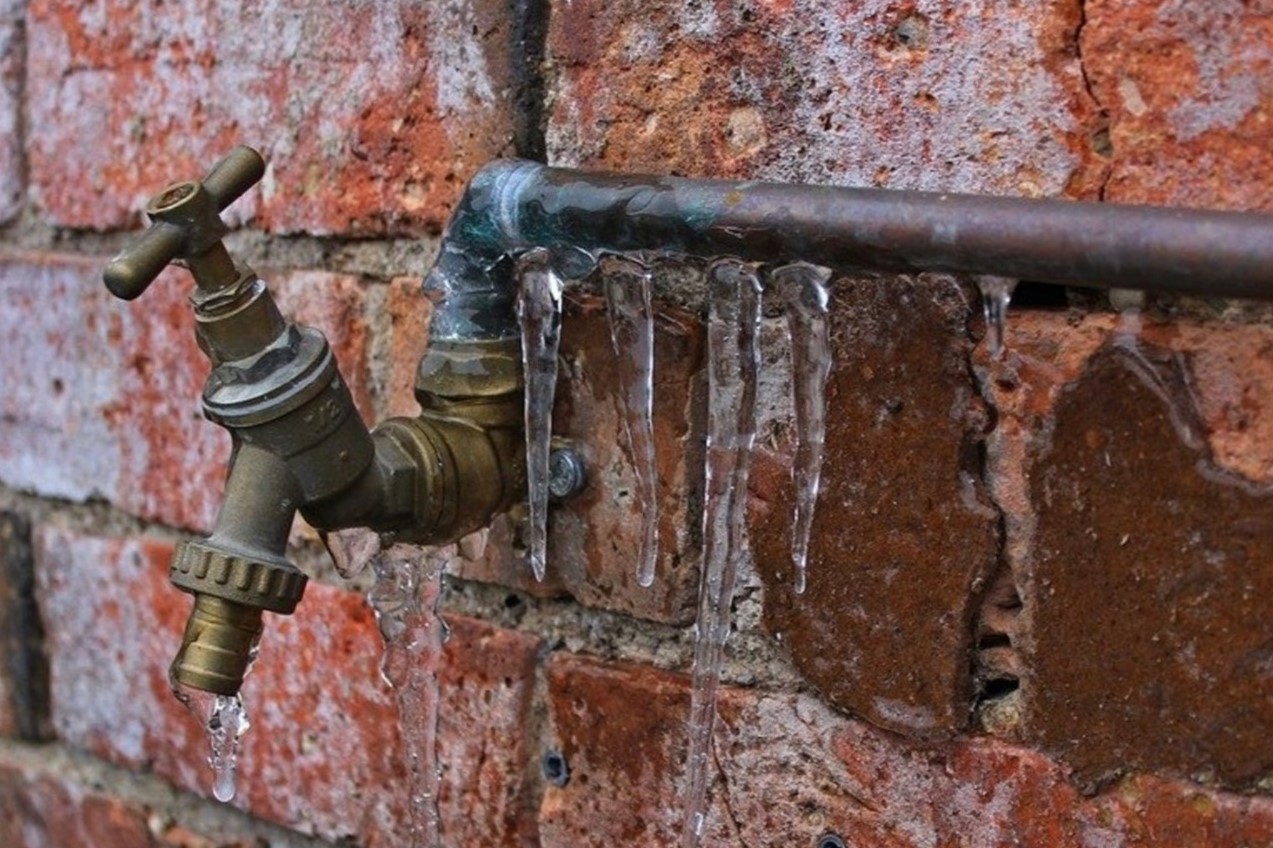

Outdoor Furniture
How To Thaw Outdoor Water Pipes
Modified: August 27, 2024
Learn how to safely thaw outdoor water pipes to prevent freezing and damage to your outdoor furniture. Get expert tips on outdoor furniture and design.
(Many of the links in this article redirect to a specific reviewed product. Your purchase of these products through affiliate links helps to generate commission for Storables.com, at no extra cost. Learn more)
Introduction
When winter arrives, the beauty of snow-covered landscapes and the joy of winter sports can be truly enchanting. However, along with the picturesque scenes and outdoor activities, winter brings the risk of frozen water pipes – a common issue for homeowners with outdoor water systems. Whether you have a garden hose, outdoor kitchen, or irrigation system, frozen pipes can lead to inconvenience, water damage, and costly repairs. In this comprehensive guide, we will delve into the essential knowledge needed to understand, identify, thaw, and prevent frozen outdoor water pipes. By the end of this article, you will be equipped with the expertise to tackle this winter challenge and safeguard your outdoor water infrastructure. Let's embark on this journey to ensure that frozen pipes will never dampen your winter wonderland again.
Key Takeaways:
- Don’t let winter freeze your outdoor water pipes! Understand, identify, and thaw frozen pipes with heat, towels, and preventive measures to keep your outdoor water systems flowing smoothly.
- Keep your outdoor water pipes safe from freezing! Use insulation, drainage, and heat trace cable to prevent frozen pipes and enjoy a worry-free winter wonderland without plumbing challenges.
Read more: How To Thaw Frozen Plumbing Pipes
Understanding Frozen Water Pipes
Understanding the science behind frozen water pipes is crucial for effectively dealing with this issue. When the temperature drops, the water inside outdoor pipes can freeze, causing it to expand. This expansion creates immense pressure within the pipes, leading to potential cracks or bursts. Additionally, the blockage caused by the ice impedes the flow of water, resulting in a disruption of the outdoor water supply. It’s important to note that metal and plastic pipes are both susceptible to freezing, so all outdoor water systems are at risk when temperatures plummet.
Furthermore, the location of the outdoor water pipes can influence the likelihood of freezing. Pipes situated above ground or in unheated areas are particularly vulnerable. Factors such as wind chill, insulation, and the depth of the pipes in the ground also play a significant role in determining the risk of freezing. By comprehending these fundamental principles, homeowners can take proactive measures to prevent frozen outdoor water pipes and mitigate the potential damage caused by this common winter problem.
Identifying Frozen Outdoor Water Pipes
Recognizing the signs of frozen outdoor water pipes is essential for prompt intervention. One of the most evident indicators is the absence of water flow from the outdoor faucet or spigot. When attempting to use the outdoor water system during cold weather, if only a slight trickle or no water emerges, it is likely that the pipes have frozen. Additionally, if there are visible frost or ice formations on the exterior of the pipes, this confirms the presence of freezing within the water system.
Another telltale sign is unusual sounds emanating from the pipes. When water freezes and expands within the pipes, it can create cracking or popping noises. This auditory cue can serve as an early warning sign of potential pipe blockage due to ice formation. Furthermore, if there are areas of the outdoor water system where the pipes are exposed and accessible, a visual inspection can be conducted. If the pipe appears to be bulging or has any visible cracks, this indicates that the water inside has frozen and expanded, exerting pressure on the pipe walls.
It’s important to note that if a section of the outdoor water pipe has already burst due to freezing, there may be water leakage or pooling in the vicinity. Identifying these signs promptly is crucial for taking the necessary steps to thaw the pipes and prevent further damage to the outdoor water infrastructure.
To thaw outdoor water pipes, use a hair dryer, heat lamp, or electric heating pad. Never use an open flame. Keep the faucet open to allow water to flow and help thaw the pipes.
Thawing Outdoor Water Pipes
When faced with frozen outdoor water pipes, swift and appropriate action is imperative to prevent further damage and restore the water flow. There are several methods to safely thaw frozen pipes, each with its own considerations and effectiveness.
1. Heat source: Applying a heat source to the affected area is a common and effective approach. This can be achieved using a hairdryer, heat lamp, or portable space heater. It’s crucial to focus the heat on the frozen section of the pipe, starting from the faucet end and working towards the blockage. Care should be taken to avoid using open flames or any high-temperature heating devices, as they can pose a fire hazard and damage the pipes.
2. Warm towels or rags: Wrapping warm, damp towels or rags around the frozen pipe can help facilitate the thawing process. By regularly soaking and reapplying the towels, the heat from the warm fabric can gradually penetrate the ice and aid in melting it. This method is particularly useful for pipes in hard-to-reach or enclosed spaces.
3. Electrical heating tape: For long-term prevention of freezing, electrical heating tape can be installed along the length of the outdoor water pipes. In the event of freezing, activating the heating tape can swiftly thaw the pipes. This method provides continuous protection against freezing and is especially beneficial for areas prone to recurrent freezing.
4. Hot water application: Gently pouring hot water over the frozen section of the pipe can expedite the thawing process. It’s important to use water that is not boiling to avoid thermal shock and potential damage to the pipes. Additionally, ensuring a consistent flow of hot water onto the frozen area can help melt the ice more effectively.
Regardless of the method chosen, it’s essential to open the affected faucet to allow the water to flow and relieve the pressure as the ice thaws. Additionally, patience is key during the thawing process, as rushing or using excessive force can lead to pipe damage. Once the water flow is restored, it’s advisable to inspect the pipes for any signs of damage or leaks and address any issues promptly to prevent future freezing.
Preventing Frozen Outdoor Water Pipes
Prevention is often the most effective strategy when it comes to dealing with frozen outdoor water pipes. By implementing proactive measures, homeowners can safeguard their outdoor water infrastructure and minimize the risk of freezing during the winter months. Here are some key preventive steps to consider:
- Insulation: Proper insulation is essential for protecting outdoor water pipes from freezing. Insulating sleeves or wraps specifically designed for pipes can be applied to vulnerable sections to retain heat and prevent the water from reaching freezing temperatures. Additionally, ensuring that any gaps or openings where pipes enter the home or outdoor structures are sealed can help maintain a warmer environment around the pipes.
- Draining and shutting off outdoor water sources: Before the onset of freezing temperatures, it’s advisable to drain and shut off outdoor water sources such as hoses, sprinkler systems, and outdoor kitchen faucets. Removing excess water from the pipes reduces the likelihood of freezing and potential damage. It’s important to follow the manufacturer’s guidelines for winterizing specific outdoor water systems to ensure thorough drainage.
- Heat trace cable: Installing heat trace cable along outdoor water pipes provides an effective way to prevent freezing. This specialized cable generates heat to keep the pipes at a consistent temperature, minimizing the risk of ice formation. Heat trace cable is particularly beneficial for areas where insulation alone may not provide sufficient protection against freezing.
- Thermostatically controlled heat tape: Utilizing thermostatically controlled heat tape offers an automated solution for preventing frozen outdoor water pipes. This type of heat tape is designed to activate when temperatures drop, providing targeted heat to the pipes when needed. It offers energy-efficient protection against freezing and is a valuable addition to the winterization efforts for outdoor water systems.
By incorporating these preventive measures, homeowners can significantly reduce the likelihood of frozen outdoor water pipes and the associated risks. Regular maintenance and inspection of outdoor water systems are also essential to ensure that protective measures remain effective and any potential issues are addressed promptly. With a proactive approach to prevention, homeowners can enjoy a worry-free winter, knowing that their outdoor water infrastructure is well-protected against freezing.
Read more: How Long To Thaw Pipes With A Hair Dryer
Conclusion
As the winter season unfolds, understanding the dynamics of frozen outdoor water pipes is paramount for homeowners. By recognizing the signs of freezing, implementing effective thawing techniques, and adopting preventive measures, the risks associated with frozen outdoor water pipes can be mitigated. Prompt action and proactive strategies are the cornerstones of safeguarding outdoor water systems from the perils of freezing temperatures.
Thawing frozen outdoor water pipes demands a delicate balance of patience and targeted intervention. Whether it’s applying heat, using warm towels, or employing electrical heating tape, the goal is to restore the water flow while minimizing the potential for pipe damage. Additionally, preventive measures such as insulation, drainage, and the use of heat trace cable and thermostatically controlled heat tape play a pivotal role in fortifying outdoor water pipes against freezing.
By embracing the insights shared in this guide, homeowners can navigate the winter months with confidence, knowing that their outdoor water infrastructure is resilient in the face of freezing temperatures. The harmony of a winter wonderland and the functionality of outdoor water systems can coexist, free from the disruptions caused by frozen pipes. With a proactive mindset and the knowledge to address frozen outdoor water pipes, homeowners can ensure that the enchantment of winter remains unmarred by plumbing challenges.
Armed with the understanding of frozen outdoor water pipes, the ability to identify signs of freezing, and the proficiency to thaw and prevent frozen pipes, homeowners can embrace the winter season with peace of mind, knowing that their outdoor water systems are well-equipped to weather the chill. Let this guide serve as a beacon of knowledge and empowerment, guiding homeowners through the intricacies of preserving outdoor water infrastructure in the face of winter’s icy grip.
Frequently Asked Questions about How To Thaw Outdoor Water Pipes
Was this page helpful?
At Storables.com, we guarantee accurate and reliable information. Our content, validated by Expert Board Contributors, is crafted following stringent Editorial Policies. We're committed to providing you with well-researched, expert-backed insights for all your informational needs.
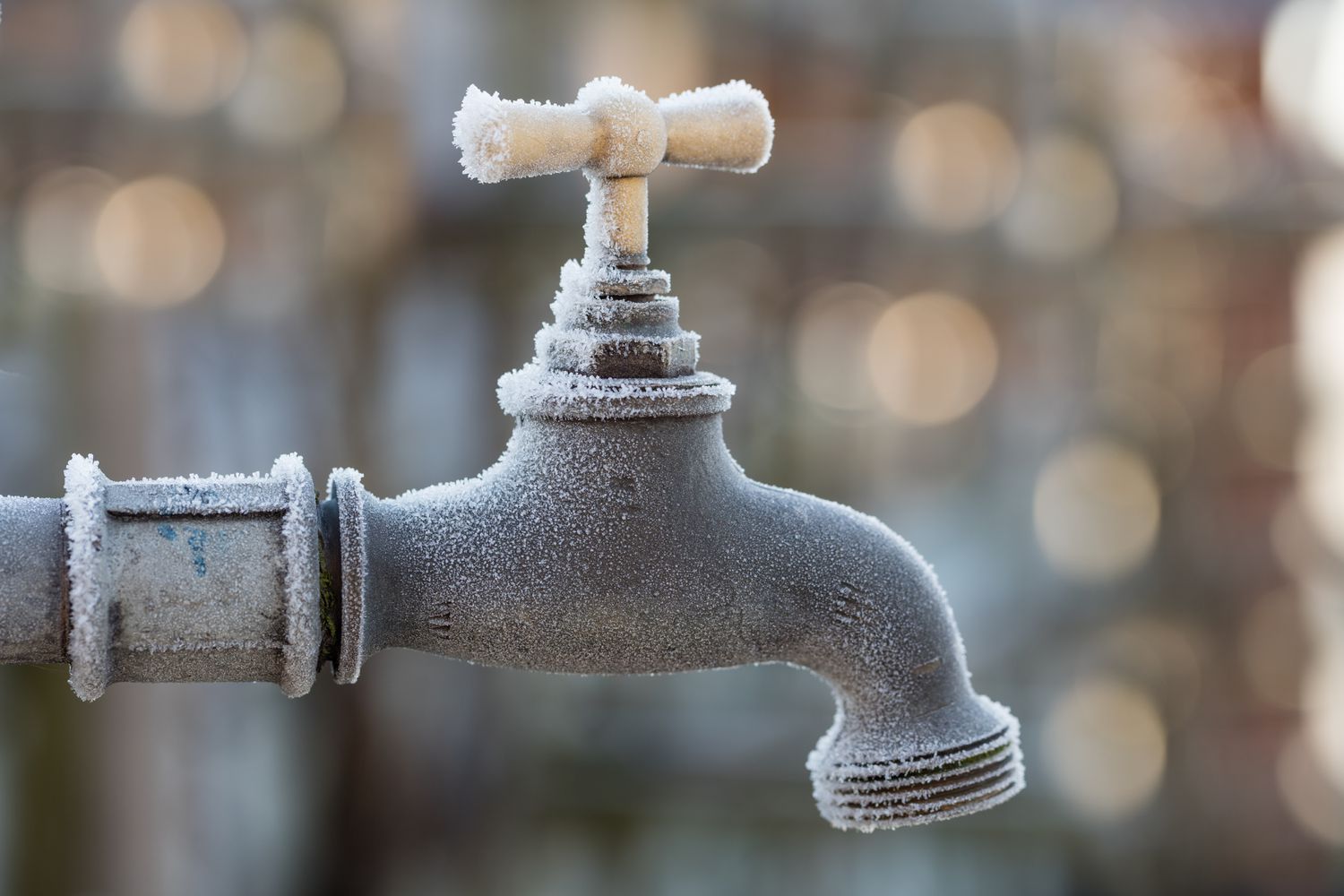
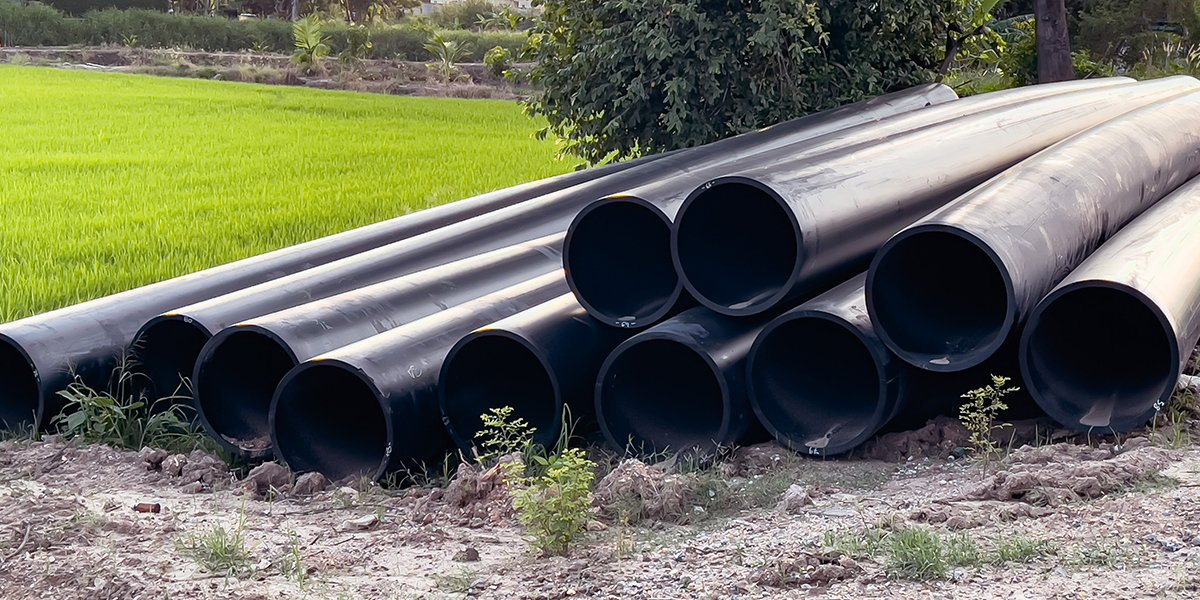
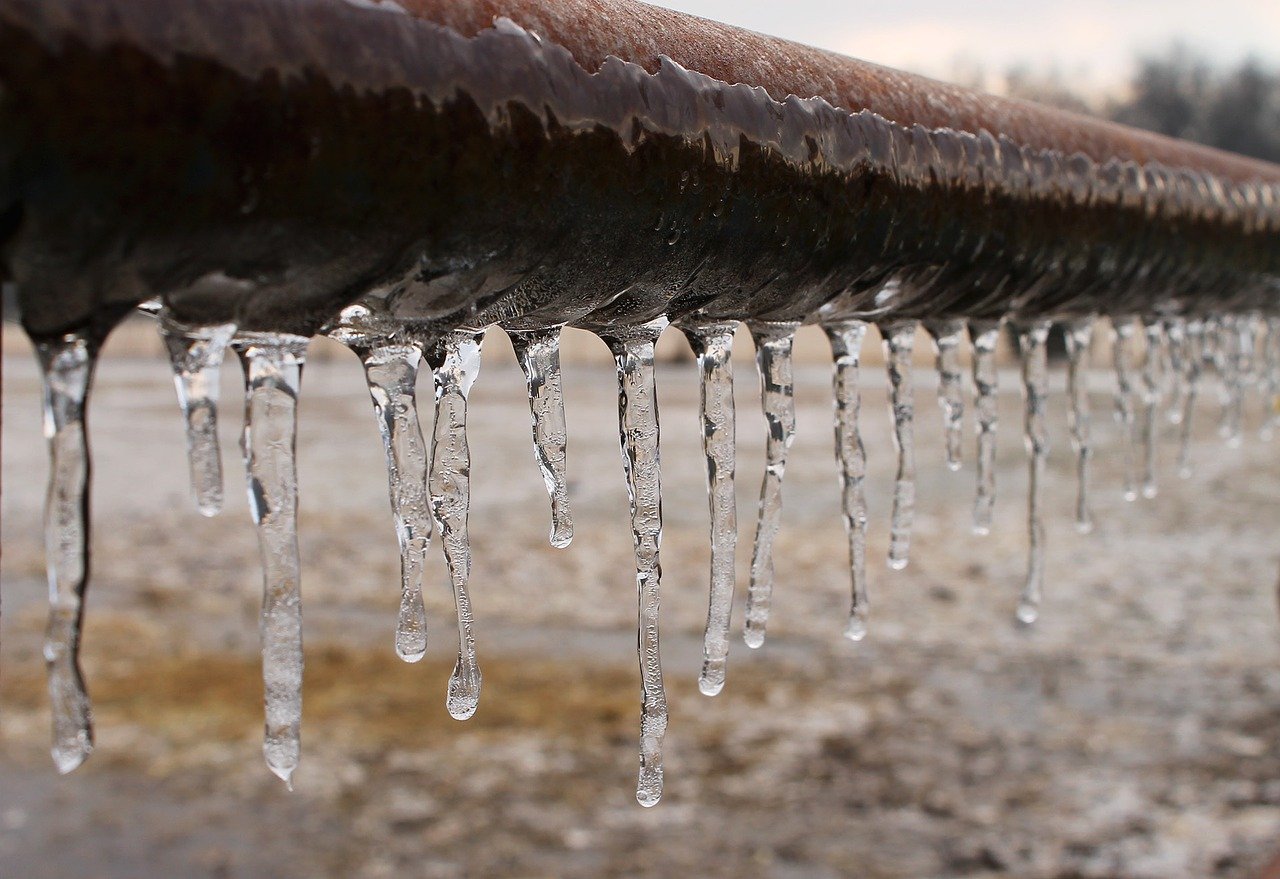
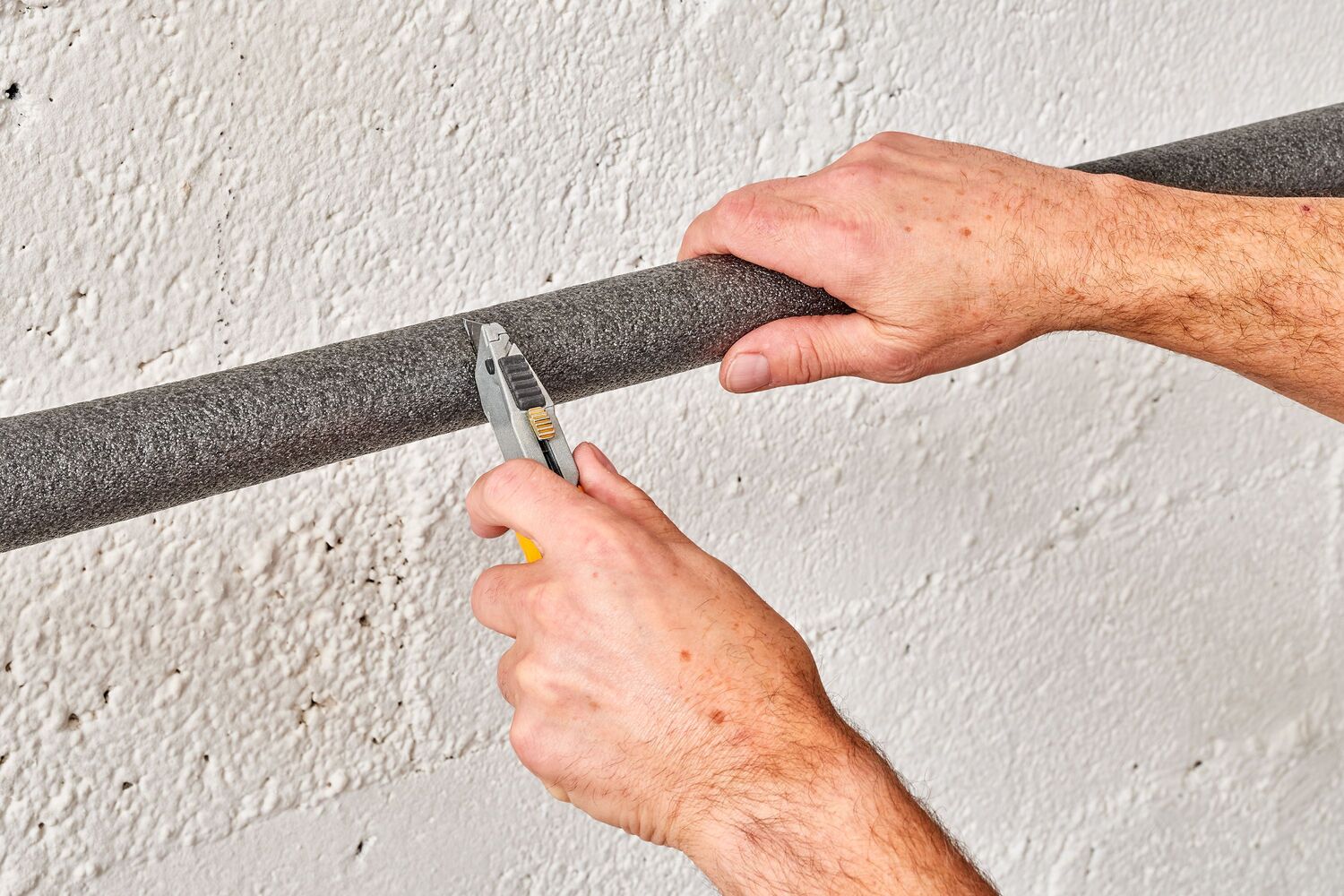
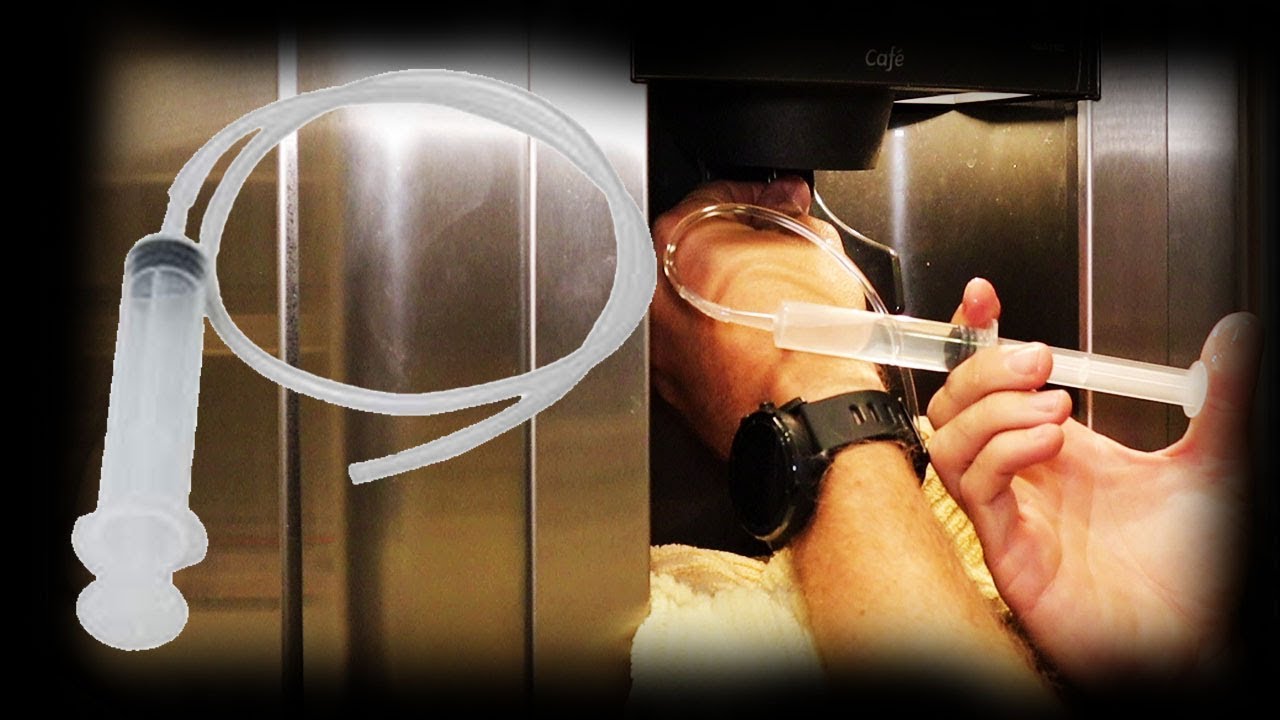
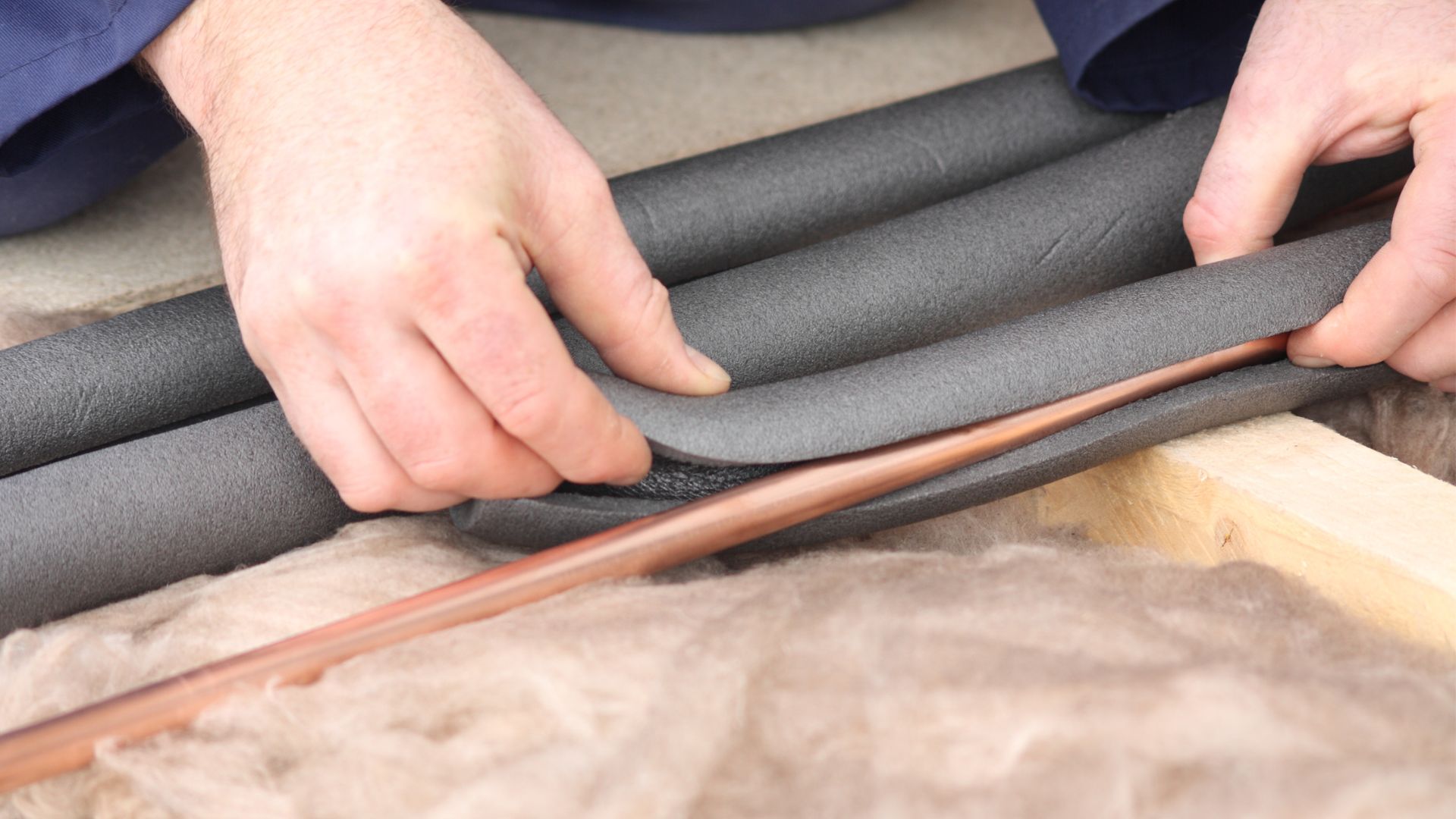
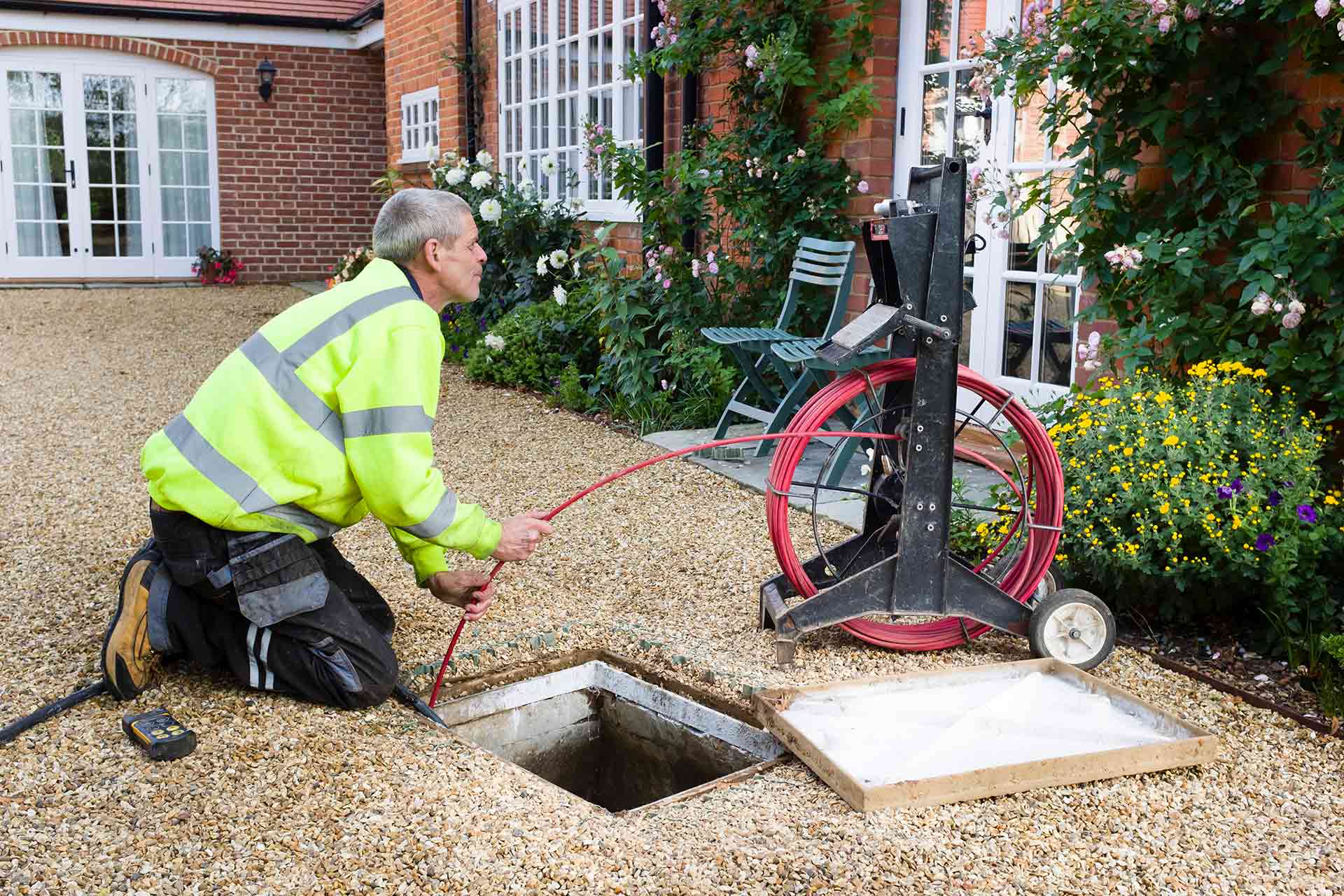
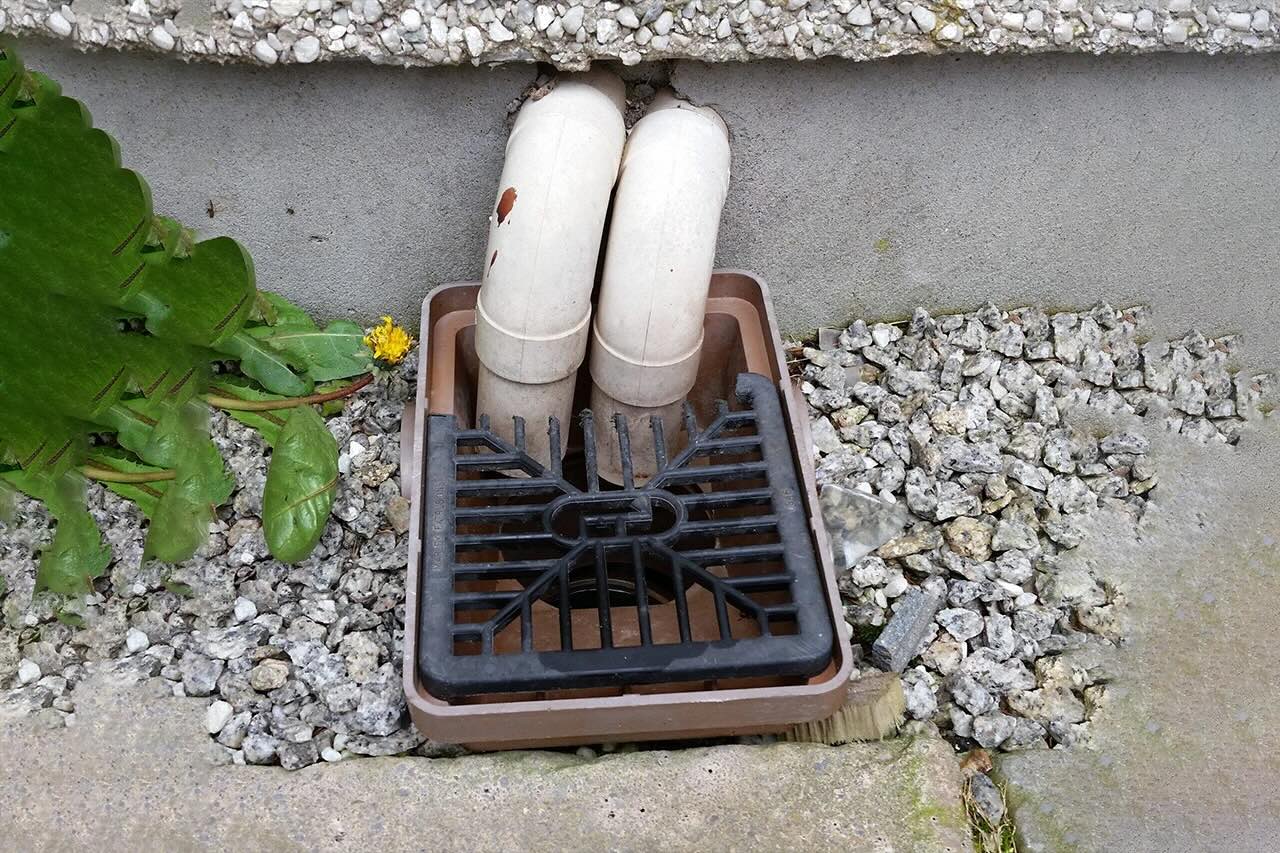
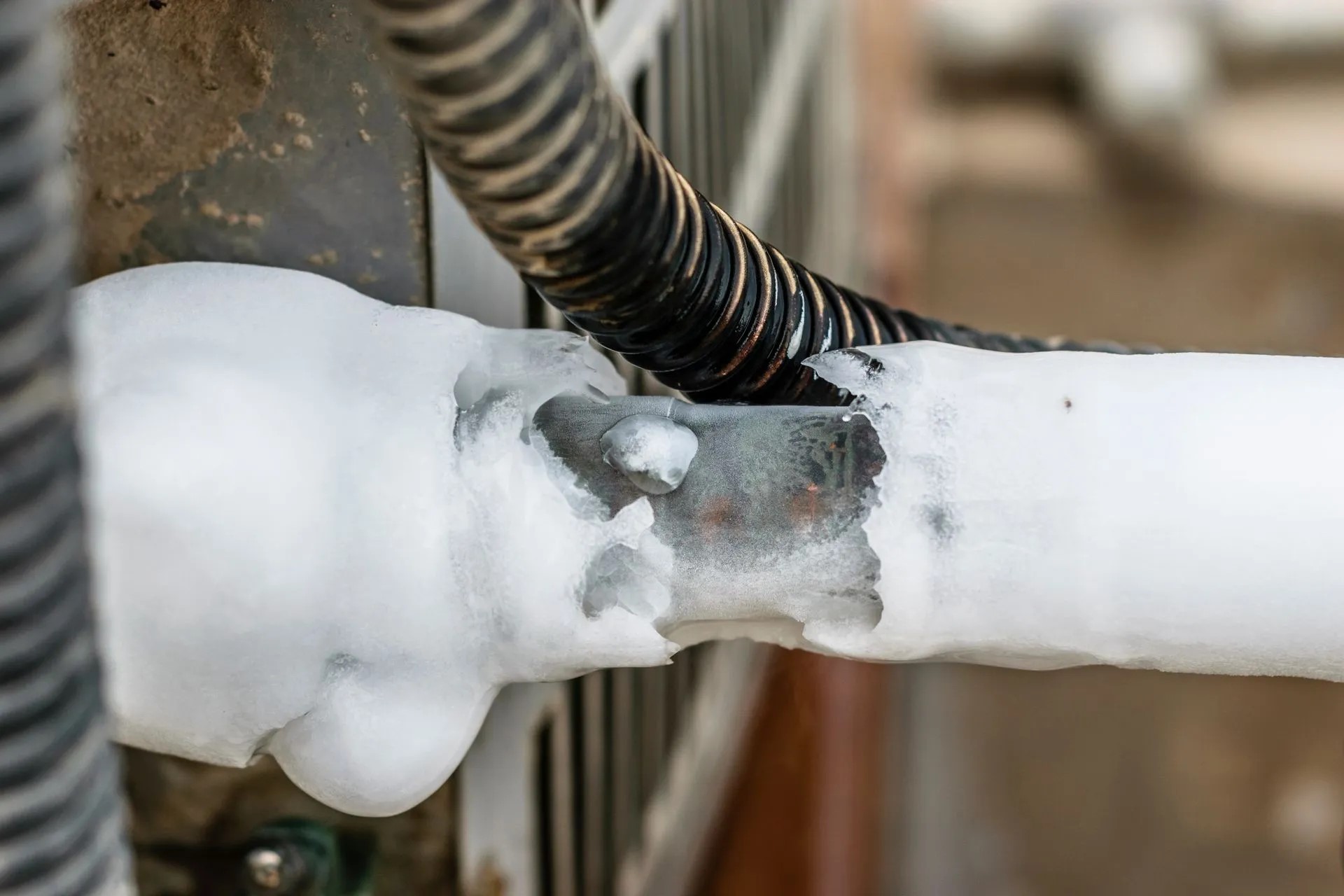
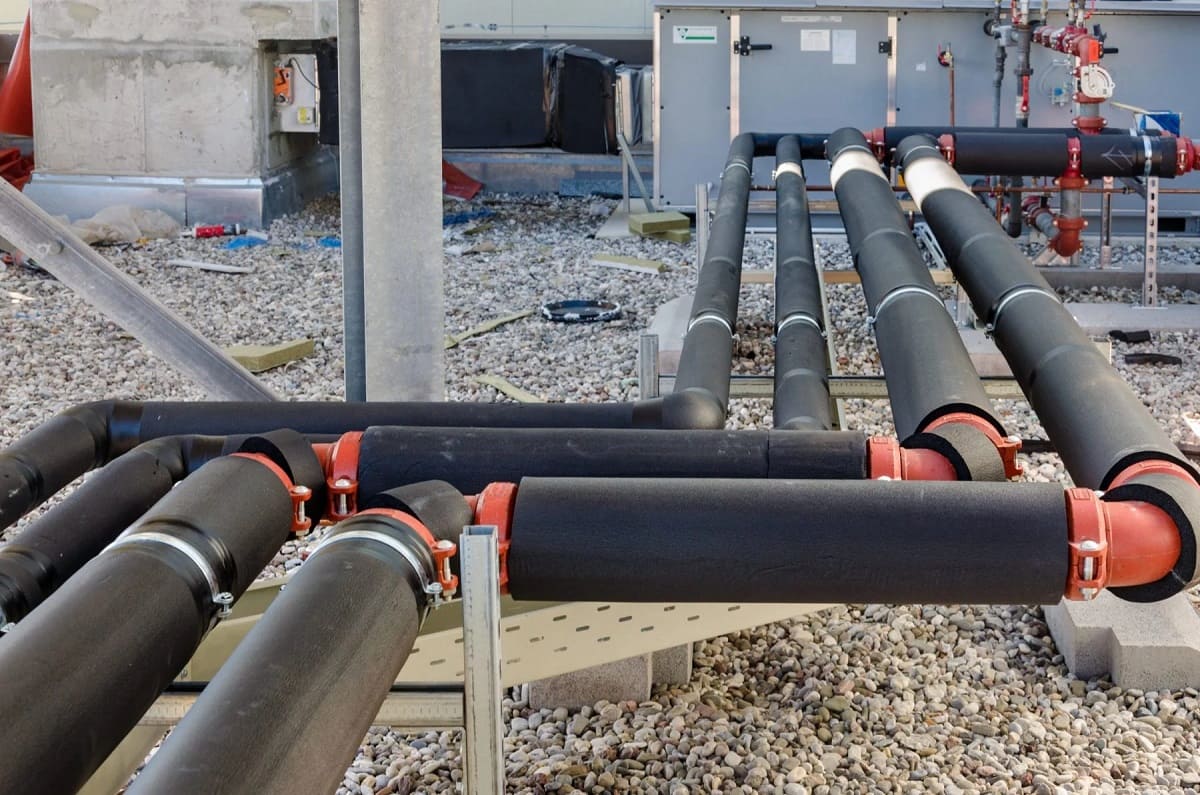
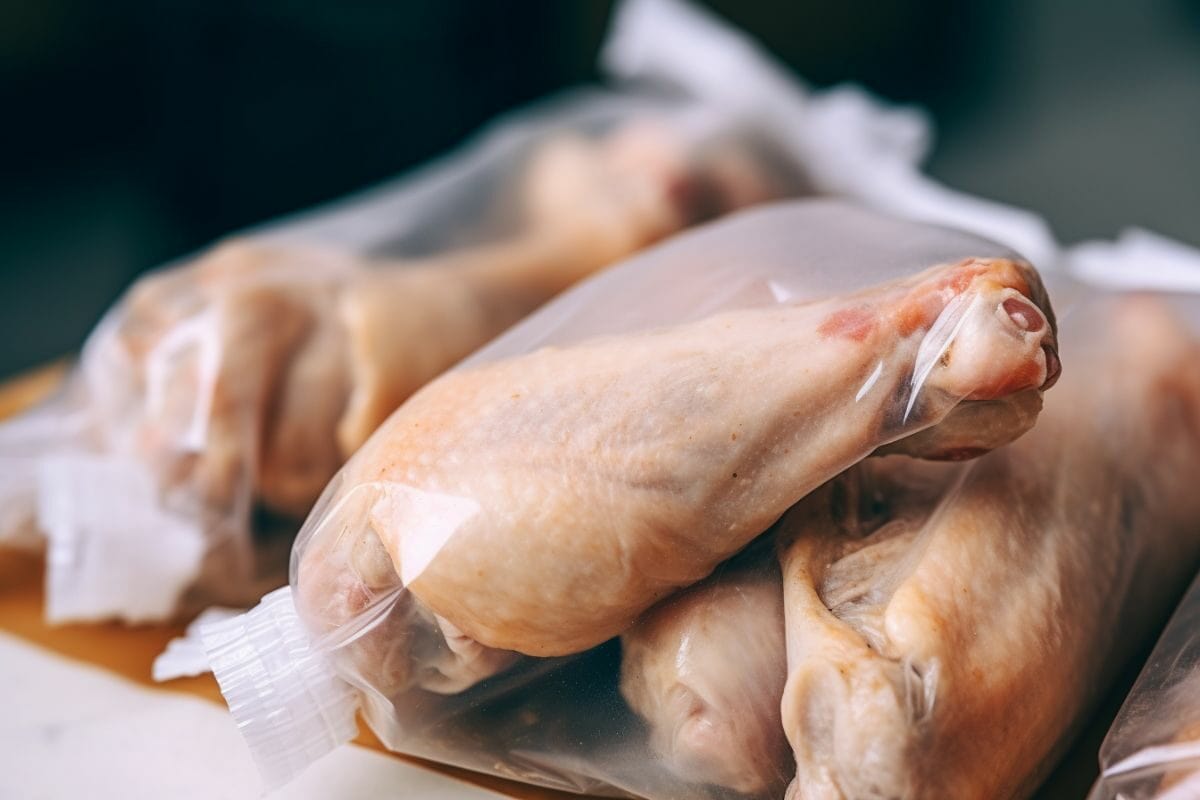
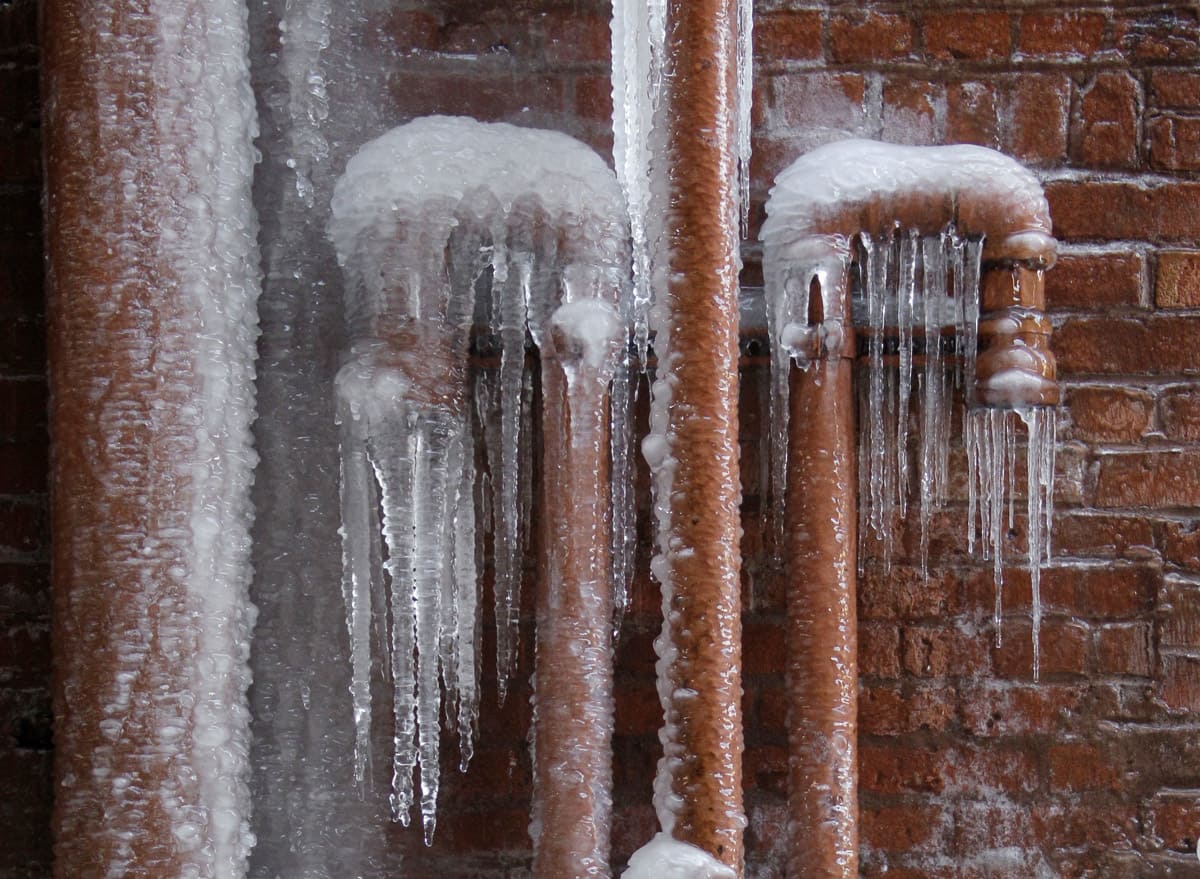
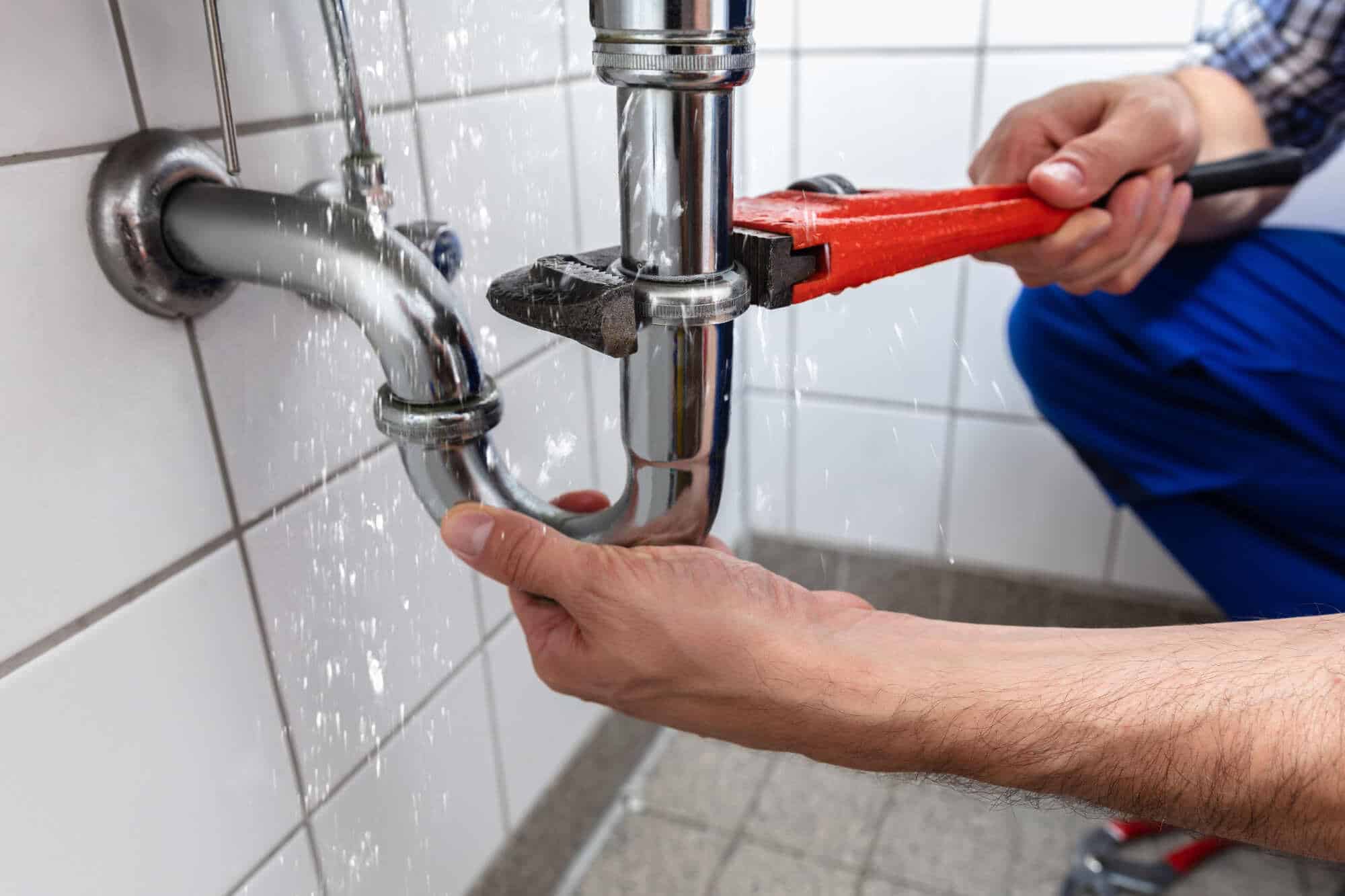
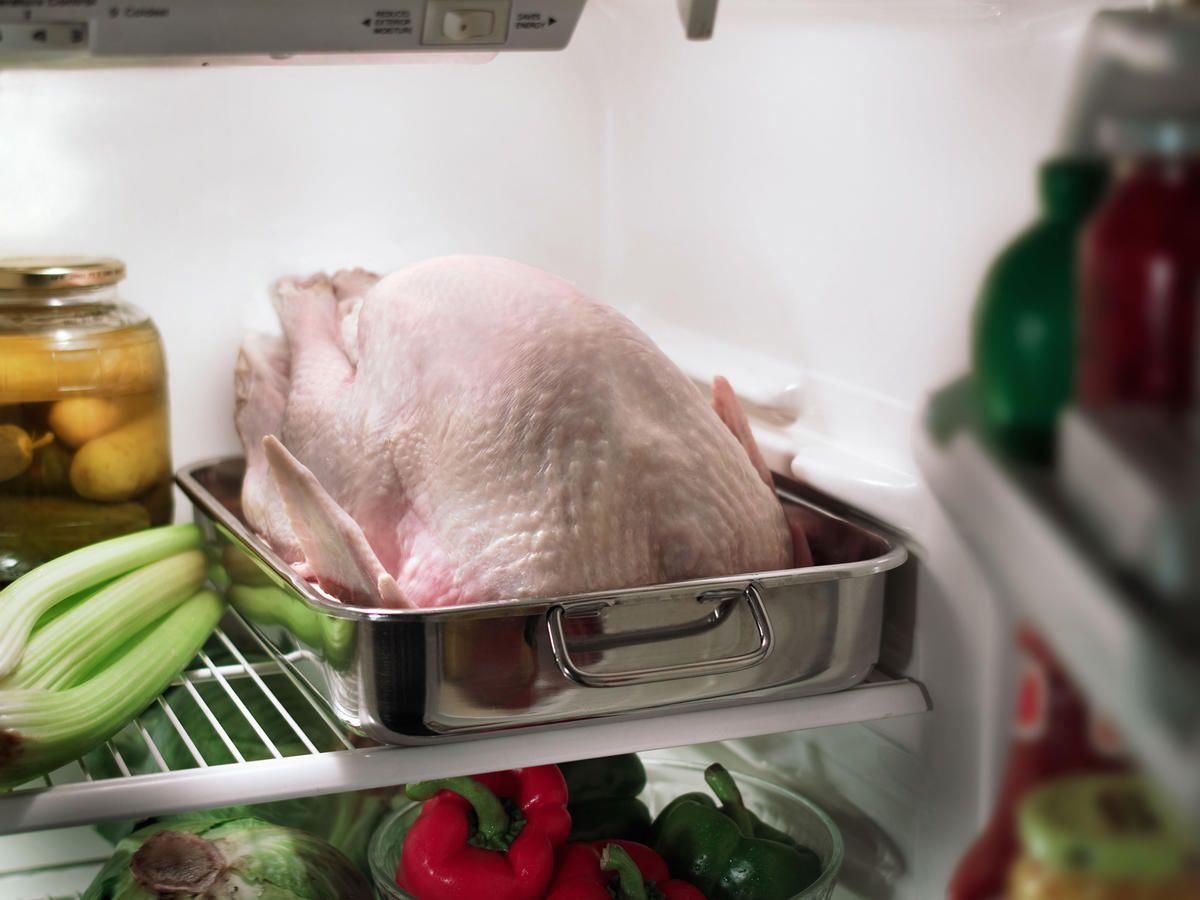

0 thoughts on “How To Thaw Outdoor Water Pipes”